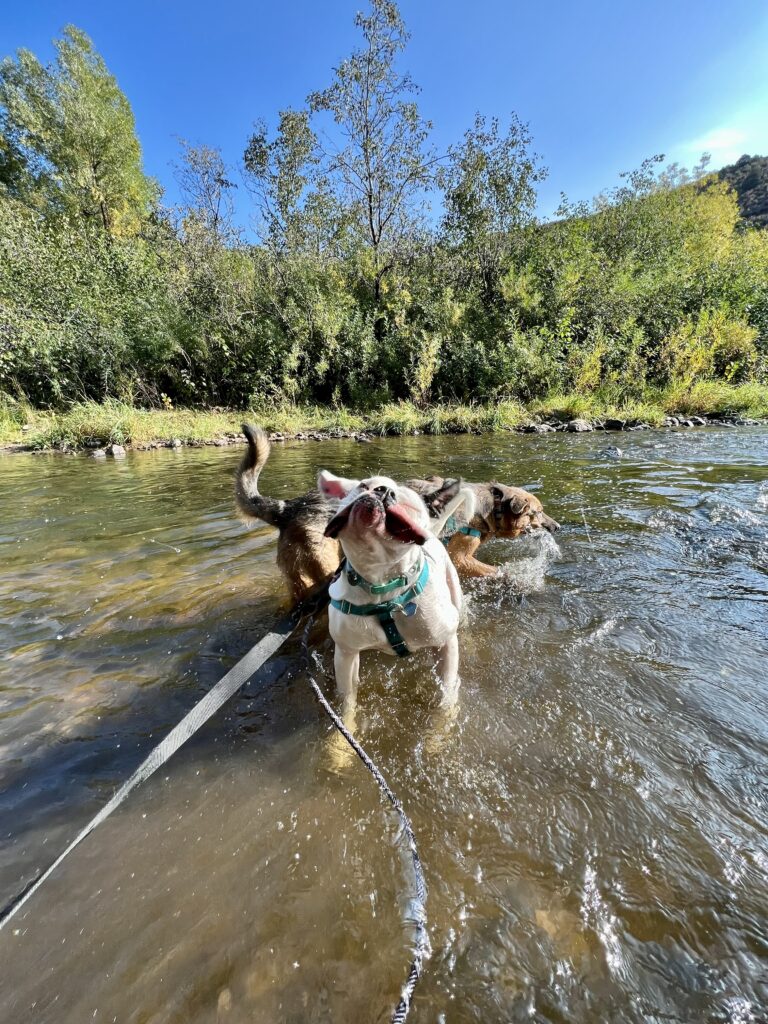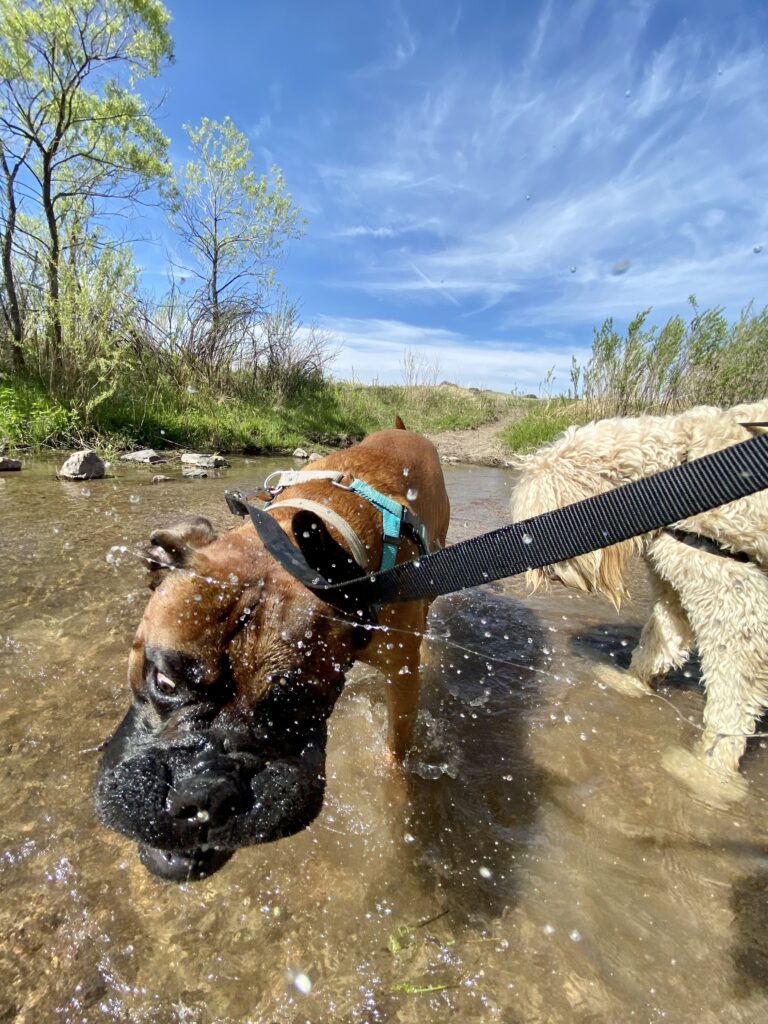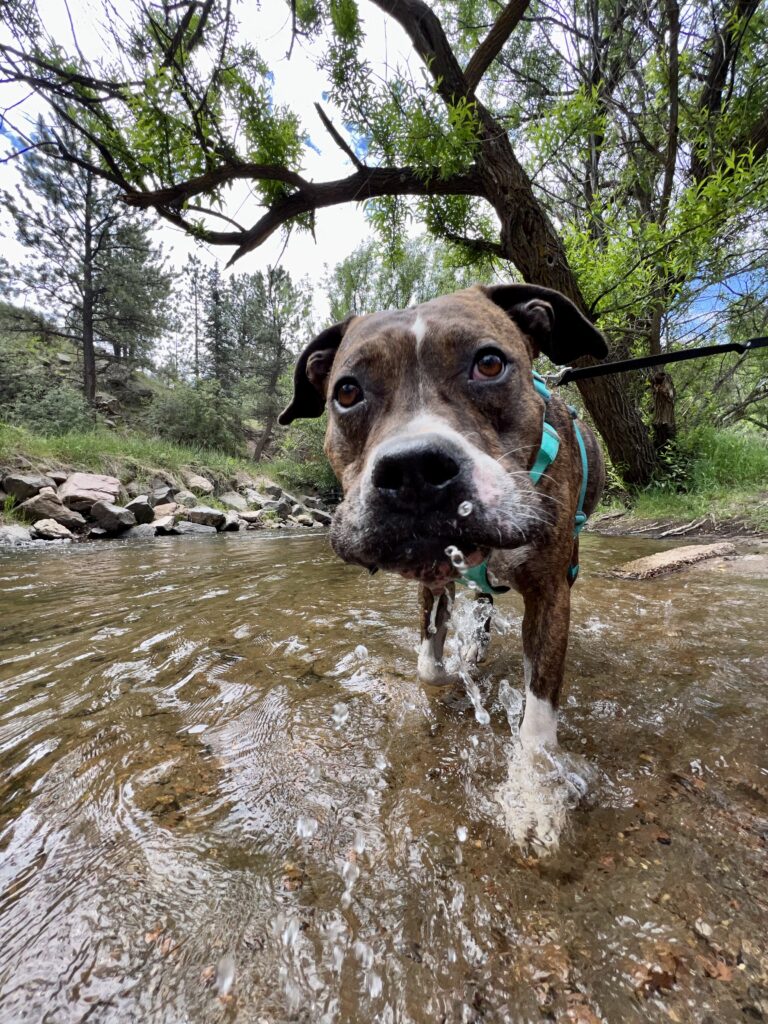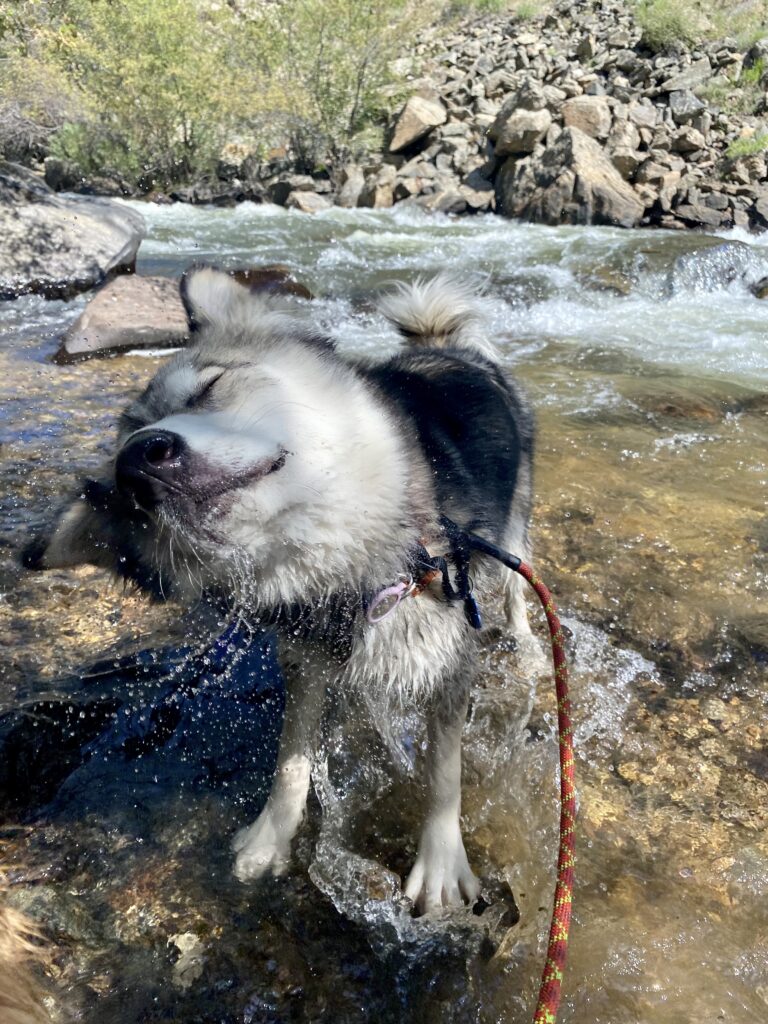











As spring arrives, many dog owners eagerly search for water adventures for their furry companions. However, ensuring your dog water safety around lakes and rivers during this time is crucial. In this comprehensive guide, we will provide you with essential safety tips to protect your dog near bodies of water in the spring. By following these guidelines, you can confidently safeguard your four-legged friend, identify potential hazards, and prevent waterborne illnesses. Whether you’re planning a lakeside picnic or embarking on a river hike, these safety measures will ensure a fun and worry-free experience for you and your dog. Get ready to dive into springtime waters with your canine companion!
It’s crucial to research the water quality of the area you plan to visit. Look for any potential water advisories or pollution concerns that may pose risks to your dog’s health. Carefully consider safe entry and exit points for your dog, and don’t let them approach the water where it is really rocky or steep. taking into account factors such as steep slopes, slippery surfaces, or strong currents. Opt for areas with gradual entry points and gentle slopes whenever possible.

Guidelines For Dog Safety In the Water:
Check for Water Quality
Research the water quality and any potential water advisories or pollution concerns in the area. Avoid bodies of water that may pose health risks to your dog.
Evaluate Access Points
Determine safe entry and exit points for your dog, considering factors like steep slopes, slippery surfaces, or strong currents. Never let your dog go into the water where it is super rocky or steep. Opt for areas with gentle slopes, sandy or muddy beachlines, and gradual entry points. Make sure it is somewhere they will easily be able to get OUT of, even if they can jump in with ease.
Invest In A Dog Life Jacket
Even if your dog is a confident swimmer, a well-fitting life jacket can provide an extra layer of safety. Ensure that the life jacket has a handle on the back for easy retrieval and that it fits snugly without restricting movement. A life jacket provides an extra layer of protection for your dog in case of accidents or fatigue. It helps them stay afloat and allows for easier retrieval if necessary. A brightly colored life jacket with reflective strips enhances your dog’s visibility in the water, making it easier for you to spot them. The buoyancy of the jacket also reduces the risk of your dog becoming exhausted or overwhelmed.
Life Jacket Options
Outward Hound Swimming Life Jacket
Supervise Your Dog
Always keep a close eye on your dog while they are near or in the water. Supervision is crucial to prevent accidents and swiftly respond to any signs of distress. Proper supervising dogs near water is vital to ensure your furry friend’s safety while enjoying their wet water adventures.
Guidelines for Proper Supervision
Constant Vigilance: Always keep a watchful eye on your dog when they are near bodies of water. This attentive supervision allows you to respond promptly to any signs of distress or potential hazards.
Avoiding Distractions: Minimize distractions while supervising your dog, such as phone usage or engaging in other activities. This focused attention helps you stay aware of your dog’s behavior and any changes in the environment.
Especially when you are exploring fast moving rivers like we have here in Colorado, things can change SO QUICKLY. You need to be attentive to your dog, distraction free, and ready to jump in if necessary.

Navigating Tricky Waters and Water Hazards
When it comes to water adventures it’s important to ,be aware of potential challenges that can arise. Keep these tips in mind to navigate through tricky waters safely and ensure a paw-some experience for your furry friend. Familiarize yourself with potential hazards and risks associated with the specific body of water you are visiting. Certain risks you may run into are high currents, hidden water hazards, and water temperature.
Dance With The Currents
Watch out for those sneaky currents and undertows that can turn a delightful swim into a wild ride! Stick to calmer areas and avoid areas with strong currents that might leave your pup feeling like a waterborne superhero. It’s all about finding that perfect harmony with the water.
Especially in rivers like we have in Colorado, the currents can be unpredictable and change often.
Unmask The Hidden Hazards
Beneath the glistening surface, hidden treasures might lurk in the form of submerged hazards. Rocks, logs, or other mysterious objects can play hide-and-seek with your dog’s paws. Stay vigilant, Sherlock Holmes-style, and guide your pup away from these underwater surprises to ensure a smooth and joyful aquatic adventure.
Cold Water Temperatures
Cold water can lead to hypothermia, especially in the early spring when water bodies may still be cold. Limit your dog’s time in cold water, and consider using a doggy wetsuit to provide added warmth. Cold water safety for dogs is incredibly important to providing a fun and safe water experience.
Know the Algae-ccentric World
Beneath the shimmering surface, an underwater wonderland awaits, but beware the mischievous algae villains! These green, slimy toxic algae blooms are foes. They can sometimes crash the party, causing trouble for our aquatic adventures. Keep an eye out for these algae troublemakers and steer clear to protect your doggo from any unwanted encounters to optimize your dog safety.

Teach Water Recall and Basic Commands
Recall Command
A reliable recall command is crucial when near bodies of water. Train your dog to respond promptly when called, ensuring they stay within a safe distance from the water’s edge. Hounds Lounge has a helpful article about the basics of teaching recall. Recall training for water safety will help you maintain control and prevent your dog from venturing too far into the water or engaging in risky behavior.
Swimming Abilities
Before allowing your dog to swim in open water, ensure they have mastered basic swimming skills. Gradually introduce them to the water, offering support and encouragement throughout the process.
Exposing Your Dog Gradually
Not all dogs are natural swimmers, and some may be hesitant to enter the water. Patiently introduce them to water activities, making it a positive and gradual experience to build their confidence. Gradual exposure to water for dogs is crucial to making their experience fun, safe, and exciting!
Splash, Sniff, and Dodge Waterborne Villains
When it comes to water adventures, we’re not just talking about fun and games – we’re also dodging some sneaky waterborne villains! These invisible troublemakers might try to ruin the day with their microscopic mischief. But fret not, because we’ve got the inside scoop on how to keep your pup safe and sound! So what are some ways to outsmart these pesky villians?
Avoid Stagnant Water Sources
Avoid letting your pooch take a sip from stagnant water sources – those are the secret hideouts for these troublemakers! Keep the H2O flowing with fresh, clean water for your furry friend to stay hydrated and healthy. Fast flowing rivers are usually safe, especially when it is all snow fall, but it’s always better to be safe than sorry!
Rinse Your Pup After Their Water Adventures
Give your adventurous explorer a refreshing rinse after their swim. This not only helps remove any lingering waterborne foes but also gives your dog a chance to flaunt their post-water glow! Rinsing after water activities is crucial for proper dog water safety.

Here at Hike Doggie, we LOVE spring and summer hiking. This usually entails splashing, swimming, and slurping whenever we get the chance! It is imperative for our trained hikers to know the potential dangers and risks of being in the water with our dogs, and we do not take safety lightly. With all the rain we have been getting this year, we also put together Helpful Tips on Enjoying Hiking with Your Dogs in the Rain.
By following these essential safety tips while near lakes and rivers during the spring, we at Hike Doggie, and you as a loving pet parent, can ensure your dog’s well-being and enjoy a worry-free experience together. Assessing water safety, equipping your dog with a life jacket, proper supervision, recognizing water hazards, and training your dog for water safety are key elements to prioritize. Remember, your dog’s safety should always be the top priority, allowing both of you to have a fun and safe time exploring springtime waters.


All Hike Doggies must meet the following requirements to ensure all our doggies remain safe and have an awesome hike:
If your doggie does not meet these requirements, we recommend neutering/spaying (if you are not planning on breeding your cutie) & do targeted training in any area where he/she may need some help so they can enjoy an enriched lifestyle full of outdoor fun with friends!